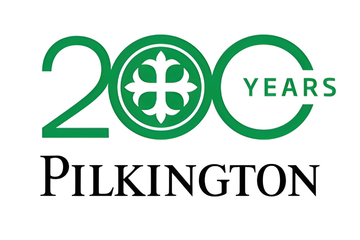The standard aims to introduce a national rating system for public buildings.
The developers of the standard noted that special attention is given to:
- energy efficiency;
It is stated that the heat transfer resistance of windows and exterior doors should be at least 0.8 m2·K/W according to DBN B 2.6-31.
The double-glazed unit must include at least one pane with a low-emission coating. - balanced resource management;
The warranty period for windows and doors should be at least 10 years. - reducing and preventing environmental impact;
The use of cadmium, lead, selenium, chlorine, arsenic, antimony, thallium, mercury, and tin organic compounds (TBO, TBTO) in plastic profiles is not allowed. - effective waste management and increasing the potential for reuse and recycling of materials.
After the service life of the windows and doors ends, the manufacturer must ensure their dismantling and disposal for reuse.
The provisions of the standard take into account the principles of the New European Bauhaus, as well as international standards of green and sustainable construction: BREEAM, DGNB, Nordic Swan, LEED.
For reference:
The minimum permissible value of heat transfer resistance Rqmin, m2·K/W according to DBN B 2.6-31:2021↗️(ua) varies depending on the temperature zones and the type of structure:
- Transparent enclosing structures: 0.9 — I temperature zone; 0.7 — II zone.
- Skylights: 0.8 (I); 0.7 (II).
- Exterior doors: 0.7 (I); 0.6 (II).























